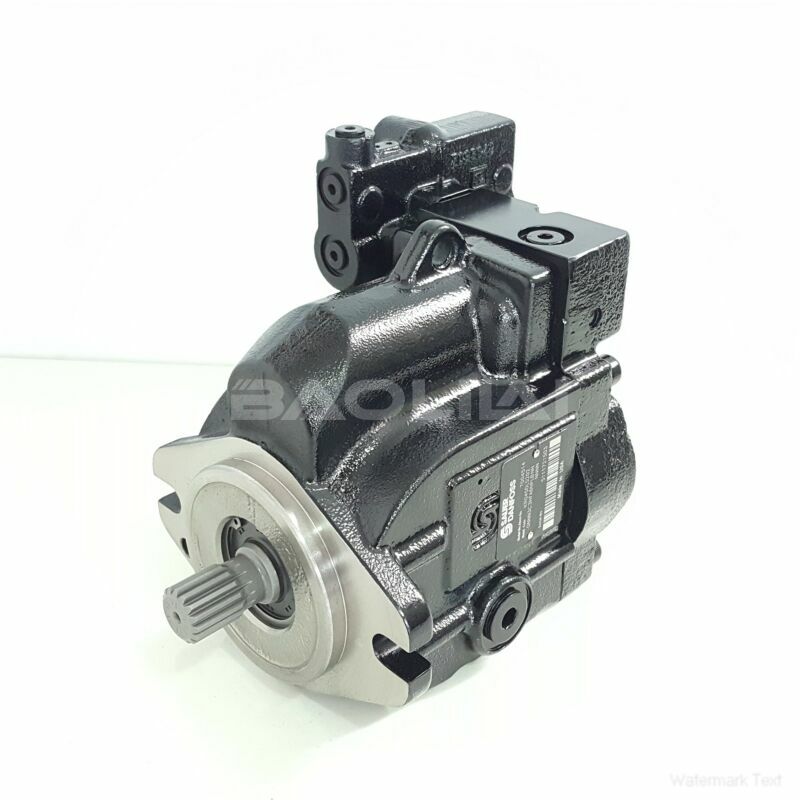KRR045DPC21NNNNN3C2RGA6NPLBNNNNNN danfoss pump
KRR045DPC21NNNNN3C2RGA6NPLBNNNNNN danfoss pump

- Product Details
- Applicable Scene
The design and operation of hydraulic oil pumps are critical components in mobile military bridge laying systems. These systems are engineered to provide rapid and reliable roadway solutions for military operations in challenging environments, necessitating robust and efficient hydraulic systems that can withstand variable conditions. This article explores the key considerations and design principles for hydraulic oil pumps in these specialized applications.
KR-R-045D-PC-21-NN-NN-N-3-C2RG-A6N-PLB-NNN-NNN
KRR045DPC21NNNNN3C2RGA6NPLBNNNNNN
Hydraulic oil pumps are responsible for converting mechanical energy into hydraulic energy, enabling the operation of various components within bridge laying systems, such as cranes, actuators, and automated mechanisms. Given the dynamic nature of military operations, the selection and design of these pumps must ensure high performance under fluctuating load conditions, temperature variations, and exposure to environmental elements.

701369
One critical factor in the design process is the type of hydraulic oil pump to be utilized. Common types include gear pumps, vane pumps, and piston pumps. Gear pumps are often favored for their simplicity and reliability, while piston pumps offer higher pressure capabilities and efficiency. The choice depends on the specific requirements of the bridge laying system, including flow rate, pressure, and overall size constraints.
Another vital consideration is the materials used in pump construction. To enhance durability, pumps must be made from materials that can withstand corrosion, abrasion, and temperature fluctuations. The use of high-strength alloys and coated surfaces can protect against wear and extend the lifespan of the hydraulic components, ensuring that they remain operational during extended missions.
The hydraulic circuit design is equally important. Optimizing the hydraulic system layout can improve efficiency and responsiveness. This includes proper sizing of hoses and pipes to minimize losses due to friction, integrating filters to prevent contamination, and incorporating accumulators to enhance response times and absorb pressure spikes. Furthermore, the design should facilitate easy maintenance and repair, as downtime in a military context can have significant operational implications.
Noise reduction is also an essential aspect of the design. Military operations often require stealth, so pumps designed with noise-dampening features help preserve operational security. Implementing sound insulation techniques and vibration damping can significantly reduce the acoustic footprint of hydraulic systems.
Moreover, considering the weight and compactness of the pump design is crucial in mobile applications. Lightweight materials and innovative design techniques, such as integrating pumps with other system components, can minimize the overall weight, enhancing the vehicle’s mobility and operational agility.





